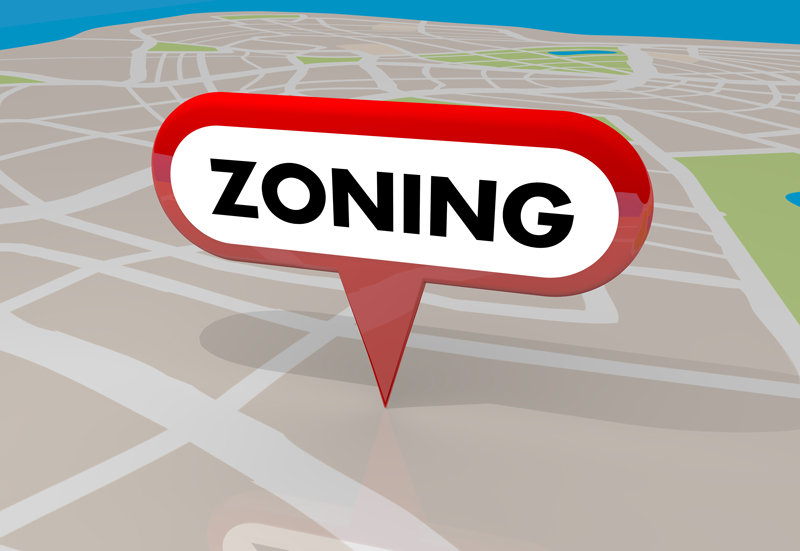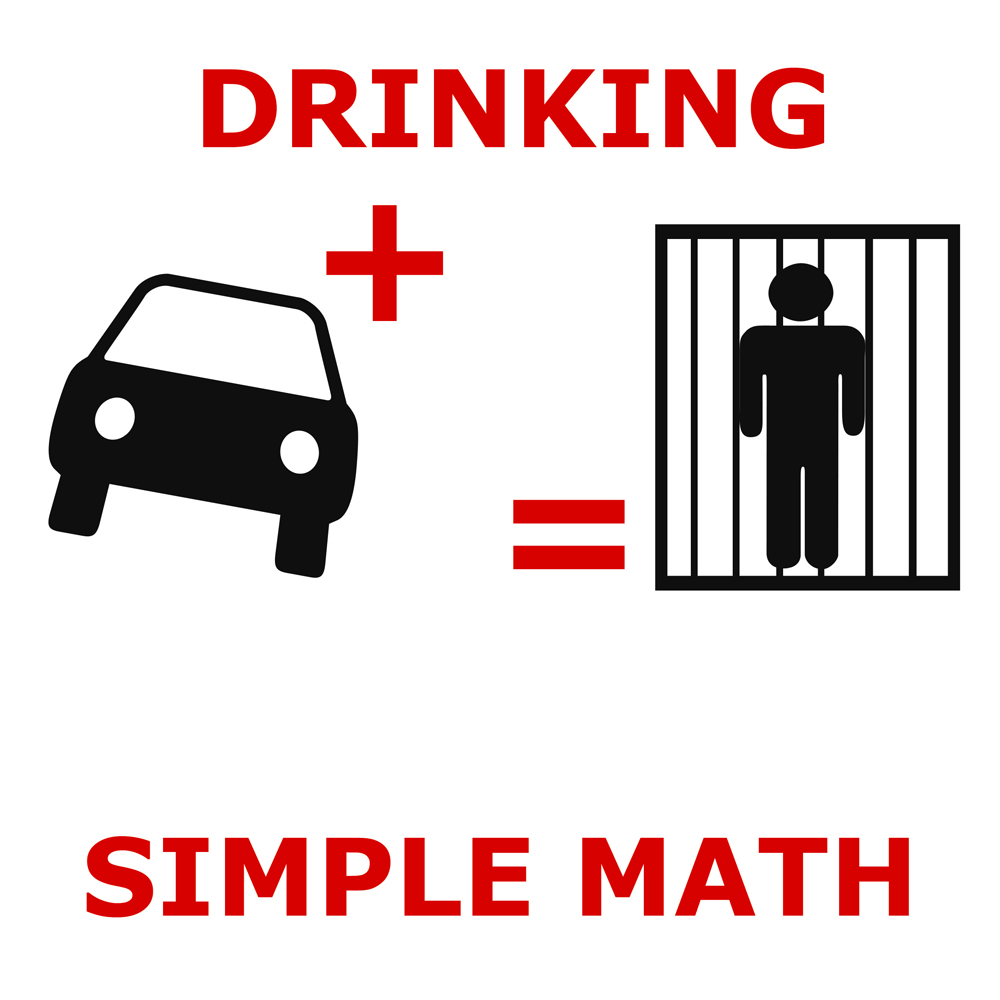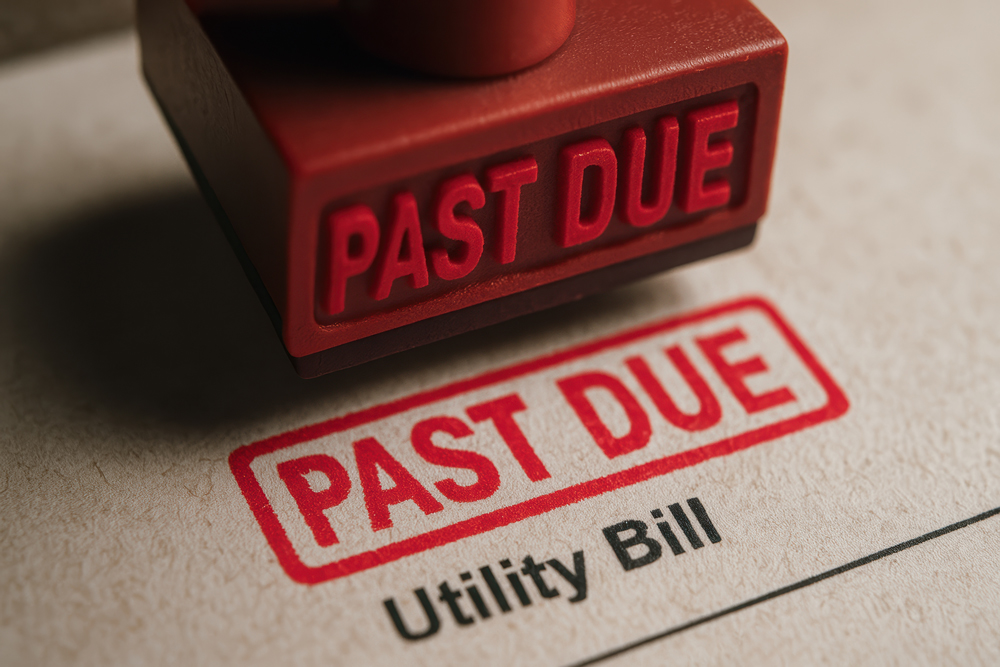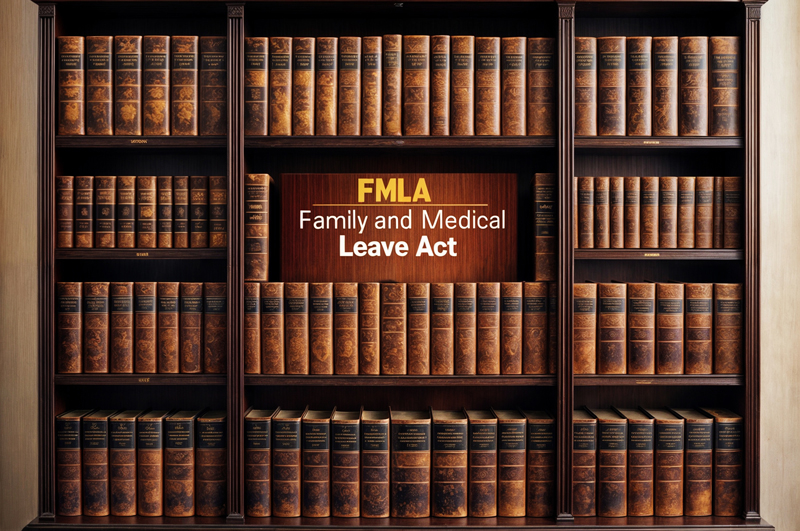It is not uncommon when purchasing commercial real estate to verify that the intended use is permitted under local zoning regulations. However, zoning laws do much more than describe the permitted uses for real property; the analysis should not stop at confirming that an intended use is permitted.
For example, will the signage that you desire be permitted? Even if the property you are buying has an existing sign from the prior owner, that does not mean you will be able to use it. If the sign is a “non-conforming” sign, it may need to be removed and replaced with a smaller, conforming sign. Other signage provisions may affect your ability to use wall signs or even way-finder signs. Additionally, zoning codes often have separate parking requirements that vary not only by zoning district but also by specific uses. While the existing parking lot may have been sufficient for a previous use, if you have a different use, the parking requirements may be significantly different, requiring you to obtain off-site parking agreements.
A particular parcel may also be in a special “overlay district” that has additional (or different) setback, density, or height provisions from the underlying zoning district. Likewise, there may have been variances or conditional use permits associated with the property that carry specific requirements not cited in the zoning code.
Identifying the zoning for adjacent property can be vital if you plan on future expansion or have a use that may be “inconsistent” with the adjoining landowners.
It is essential to have someone familiar with zoning laws review the applicable provisions before investing in commercial property.
If you plan to purchase property, contact Jerry McDonald at Pickrel, Schaeffer & Ebeling to ensure it can be used as intended. Contact Jerry at gmcdonald@pselaw.com or 937.223.1130.













